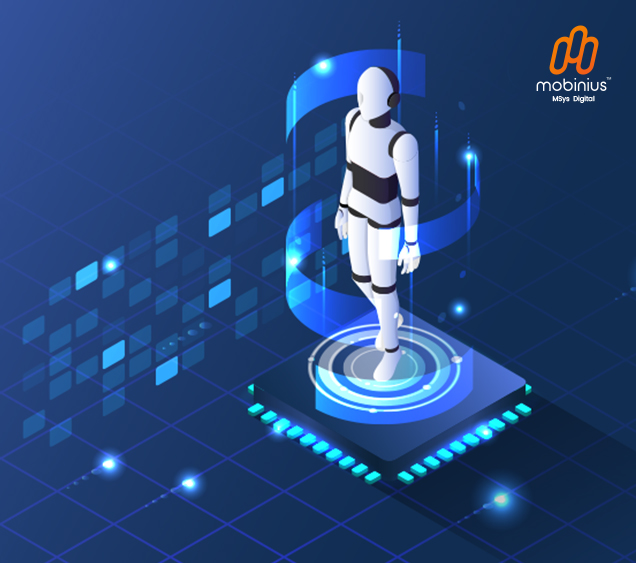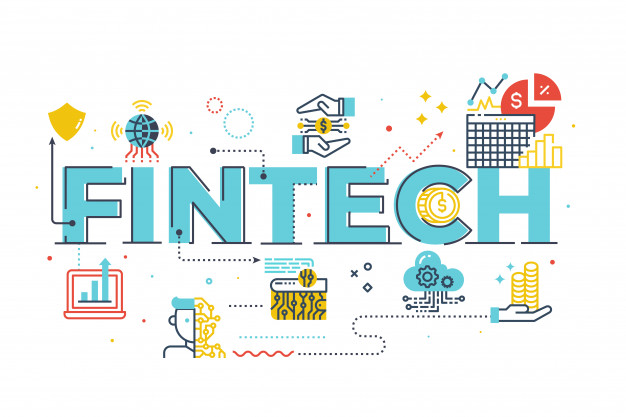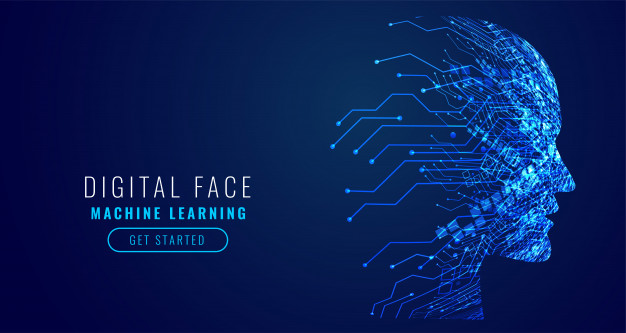4 Major Trends shaping the future of Machine Learning
Audio : Listen to This Blog.
4 Major Trends shaping the future of Machine Learning
Machine learning is one of those technologies that have been prevailing for decades but never been fully implemented. It is a gargantuan field in which we have just begun to scratch the surface. If only we could see a panoptic view of the benefits that machine learning has to offer both to businesses and to the end-users!
It isn’t an esoteric technology anymore. There are more and more businesses innovatively figuring out ways to put ML to its best use for their benefits.
ML is not considered an expensive technology to incorporate anymore. This is because, the plethora of advantages it delivers makes it a great value investment in the long run in particular. This is why even those who were skeptically brushing ML aside are now dauntlessly setting aside a huge share of the investment on ML based systems. This is how they can be future ready. If you are a machine learning aficionado, you would already know that ML is not a technology of the future. It is something that you need today to stay ahead and survive the competition. Looking at the trends that are making ML even better and even more in demand.
Unsupervised learning is in:
Deep learning and machine learning systems, a majority of them have been based on supervised learning algorithms. Though predominant, this implementation would call for an extensive database for training to make the system accurate. This is in fact viewed as one of the major limitations. You can reduce the size of data set for training significantly with unsupervised learning algorithms.

Reinforcement learning comes in too!
With supervised learning, you should already know the output to expect. Unsupervised learning and reinforcement learning both come in handy when the output to expect isn’t very pellucid. Reinforcement learning is all about SAR- State, Action, Reward. This is a more feasible approach for real-time applications. If for example you use ML to improvise customer experience a fully MDP (Markov decision process) based model like the one using supervised learning wouldn’t be the best choice. This is because, customer reaction to different scenario might be different. A reinforcement learning algorithm would observe the various States in the picture and take Actions accordingly. If the action turns out to be a good decision, then the Reward reiterates to the system that the pattern would be good to be incorporated. This is especially great with industries like retail where direct customer interaction forms a major chunk of the business. RL algorithm based ML systems which are now rapidly evolving would prove effective.
GANs for better training:
Generative Adversarial Networks, as the name indicates, is about the generation of the adversaries by the system itself to make training more intensive. A majority of the ML based systems are based on discrimination. Pattern recognition would only solve the purpose of categorization and classification. But what if you wish to use ML to generate data and not just segment them? This is when GANs play a pivotal role. There would be a large training database that would ultimately train the system to even generate data. The system itself would comprise of two different neural networks (NN) that compete with each other and thus result in better training of the system on the whole. One of the NN concentrates on generation of false data which is hard to discriminate from the data in the original data set. The competitive NN would then analyze and differentiate the real data from the falsely generated ones. This means that in addition to the dataset you feed and the test routines, the system itself improvises. This would allow ML to generate designs easily and create an all new level of innovation in the Design sector.
Quantum machine learning:
The esemplastic approach of equipoising the benefits of machine learning and quantum computing is what makes Quantum Machine Learning one of the most utilitarian technologies to look forward to. For better accuracy, like say in system testing, you would be looking for an infinite model. This becomes more practical with Quantum machine learning. This would make the computations more comprehensible and also deliver better generalization. In the recent years, we have been moving closer and closer to this technology which would touch deeper roots of machine learning.
Even startups are now incorporating machine learning based system for a more cost effective approach. And the growing emphasis on enhancement of the user experience gives you yet another reason to integrate ML in your business now!



